Designing Kraft Paper Bringing Ideas to Life
A staple in the world of packaging; it is known for its strength, versatility, and eco-friendliness. There are various creative processes involved in designing kraft paper such as material selection, pulping, etc. Using high-end kraft paper helps businesses and brands display their product neatly and improve their environmental credentials. As demand for sustainable packaging increases, understanding the design process is crucial. Each step in selecting the right fibres and dye to apply the final finishes contributes to the paper’s quality. In this guide we take a look at the kraft paper design process and why it matters.
Raw Materials Required for Production
The raw materials are the cornerstone of any kraft paper design. It consists mostly of softwood trees (such as pine and spruce) because of their long fibres which make it very durable. Wood is processed using a chemical pulping process that strips lignin but keeps strong cellulose fibres. This results in a strong, tear-resistant paper that makes for a perfect substrate for packaging applications. The raw materials are carefully sourced, so that the kraft paper meets the necessary strength and sustainability code. The choice of high-quality fibre is critical for how the final product looks and feels.
Custom kraft packaging has become in demand as businesses search for environmentally friendly alternatives. It has great flexibility to implement unique branding elements while still embracing sustainability. The kraft paper can easily be customized to fit the vision and functionality of the brand.
From Pulp to Paper
The pulping process comes afterward once the raw materials are sourced. The kraft method derives from combining chemicals, heat, and pressure to break down wood fibres. It removes impurities but retains the natural strength of the fibres. The pulp is then washed and screened to eliminate any remaining residue, producing a clean pulp from which paper is made.
After pulping, the fibres are pressed into sheets using a large paper-making machine. Excess water from the pulp mixture is allowed to drain while evenly spread out on a wire mesh conveyor. This is the step that determines the thickness and texture of the final product. Variations of kraft paper are manufactured in a range of weights and finishes, depending on the intended application. Wholesale custom kraft is preferred by various industries for bulk packaging requirements, as it is sturdy and affordable too. This option is especially useful for enterprises that need high quality at large quantities consistently.
Drying and Pressing
The next stage, after forming the paper sheet, is drying and pressing. The damp sheets then pass between heated rollers which help to draw out moisture and improve structural integrity. The pressing process helps make the paper evenly thick while also smoothing the surface of the paper. This stage might involve additional treatments that are applied to create certain finishes (such as gloss, matte or greaseproof coatings).
The drying process greatly influences the final properties of the kraft paper. Although when dry it is flexible, it is strong enough for many applications. To add a layer of professionalism to their packaging, brands increasingly choose custom-printed kraft paper that enables them to print logos, patterns, and bright designs onto the material. This approach allows businesses to leverage sustainable packaging solutions while still ensuring a cohesive and professional brand image.
Techniques Forms of Customization Printing
The role of Kraft paper customization in branding and product differentiation Screen printing, flexographic and digital printing are some of the techniques used in the printing process. There are advantages to each method depending on the particulars of the project and the level of detail required in the print.
With the customization process, brands can customize the product packaging according to different needs, without compromising on environmental responsibility. Others feature coloured dyes or textured finishes for a distinctive appearance, while some businesses opt for natural unbleached kraft paper. Custom wax paper packaging has also been used by companies with the popularity of sustainable packaging solutions as it brings an extra layer of protection against moisture and grease to food items. Such packaging is common in the food sector to cover baked items, sandwiches, and other foods susceptible to spoiling.
Specialty Finishes
Kraft paper has a variety of specialty finishes which can be applied beyond printing to add to a packaging’s function. Examples of these improvements are lamination, embossing, and optional water-resistant coatings. These finishes enhance the appeal of the product and support the paper’s longevity and usability across various industries.
Greaseproof coatings make kraft paper highly effective for food packaging, while textured embossing gives an added premium feel for luxury brands, for instance. Due to its capacity to add specialty finishes, kraft paper is a versatile material with many uses. Customized kraft paper provides branding and functional packing to environmentally friendly businesses.
Trimming and Packaging the Final Product
The processed and customized kraft paper is then cut and packaged. Large sheets are cut down to specific sizes and sometimes turned into rolls, depending on the client’s requirements. After the final product has been reached, it is packed for further redistribution and it should stay in perfect condition until the point of sale.
During this phase, manufacturers need to have stringent quality control procedures to make sure each batch is at par with the parameters set as per industry standards. Kraft paper packaging needs to be strong enough to handle the rigours of handling without losing its aesthetic value. Wholesale custom hot paper as more businesses seek ways to cut down on their carbon footprint, the demand for high-quality straight and round-bottom kraft paper is on the rise.
Conclusion
From the selection of raw materials to packing of finished goods, the whole process is spread across a series of stages in the kraft paper design. Every step is critical to the strength, look, and utility of the final product. Kraft paper is also used by manufacturers and businesses to generate packaging that meets requirements for sustainability and branding. Kraft paper is customizable and for this, it’s used in a wide variety of fields. With increasing requirements for sustainable packaging, investing in high-quality kraft paper design is ever so favourable. From food wrapping and retail packaging to promotional materials, kraft paper serves the dual purpose of protecting the product while elevating brand visibility.
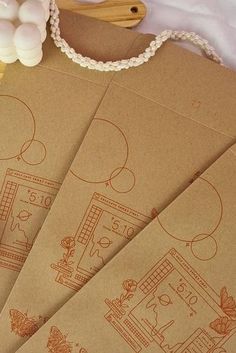
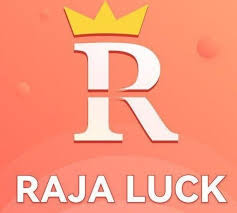

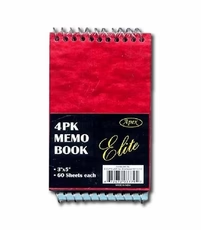

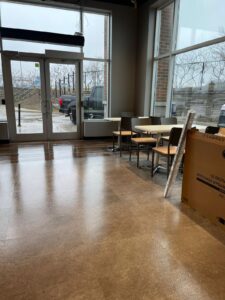

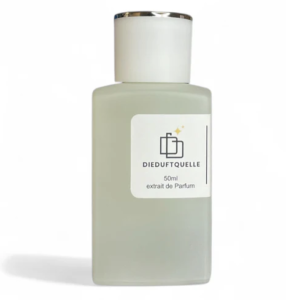

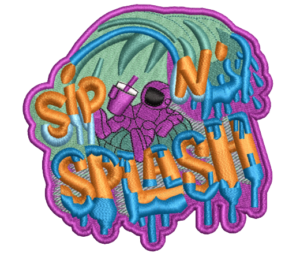
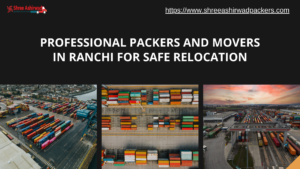

Post Comment